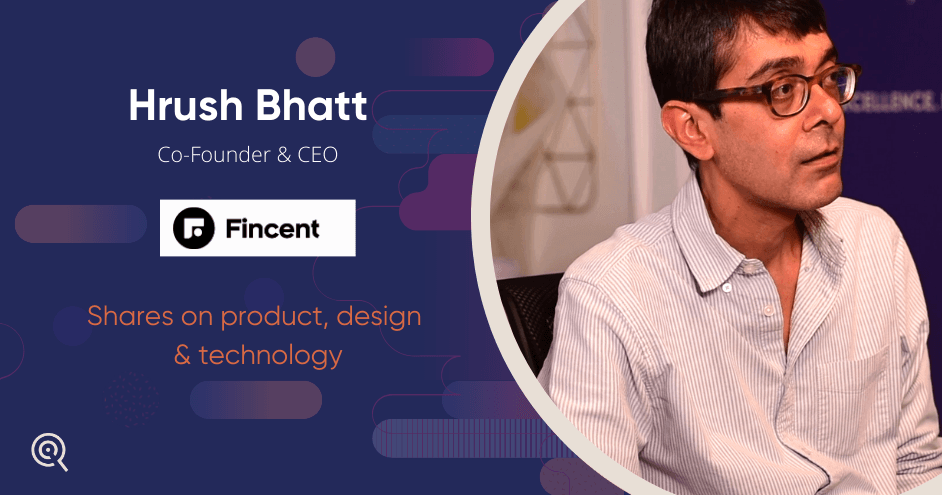
In the case of a handful of people, one person alone is able to handle multiple things but when a company grows and scales, doing so is a big mistake. It is next to impossible to wear the two hats at the same time. Over the long term, in order to continually build and release new products, a business needs three distinctive seats - product, tech and design. Although these three individuals are seated at the same table in an organization, their roles are completely different from one another. A product person’s role is to ensure the product meets the goals of the end user. A design person ensures that the goals are met along with the best user experience for the consumer. Whereas, the tech person ensures that the technology is best used to its capabilities, everything happens on time, the product/ design person do not overreach the product and so on. There are often a few overlaps on the decision table, either the three personas will agree to disagree or disagree to agree on a commitment made. In the case of the end product, if a single person double-hats the decisions, it will result in a win-win situation. On a day-to-day basis, a tech person and a product person work on projects that are distinct from each other. On one hand, when the product person is the liaison to every function in the business, he gathers valuable inputs from time to time. Every functional department of the business gives its input to the product person. The tech person on the other hand handles the delivery of the road map, product that is already there and the upcoming ones. And to ultimately ensure that the product is running smoothly and in synchronisation. It is unfair to have someone don both these hats at the same time. What is Fincent providing? Fincent came into being for the SMB market in the US. Part of Fincent’s revenue model is SaaS-based, we’ve all learnt the hard way that SaaS in India is a difficult market. I firmly believe that one should be able to charge a customer for the product, I believe in those business models & trust them. The problem Fincent is trying to solve is that at the SMB level, every business owner ends up assembling a patchwork of different points of solutions to run the financial aspects of their respective businesses. For example, one might use X for payroll, Y for accounting, Z for taxes and so on. These systems don't do a great job of talking to each other which essentially means that the business owner or someone on the team is constantly hopping between these points to keep them in sync making it highly challenging. This results in doubling or sometimes tripling the overall work because there is someone running in between these systems telling them what is where. To curb this situation, Fincent is building a full stack platform where SMB owners have a single pane of glass that can be used to deal with all the money in their business, be it bookkeeping, payments, taxation and so on. Fincent - Design, future plans & how do consumers migrate from their existing platforms? It is incumbent on Fincent to deliver a good design. One of the best part of working in the SMB space is that one has the freedom to design in a way that is consumer-centric. Consumers crave simplicity in a SaaS product and that is what Fincent aims for. Fincent focuses on the white-collar space, not retailers in particular. That being said, they too need reports from time to time to understand various parameters like profitable businesses, and client management, among others. Given it is a SaaS-based model, it is necessary to have a human element that would sometime help with decision-making or strategizing. Fincent works with fraction CFOs, if a client asks us for a CFOs insight we provide them with that expertise. In the US market, Fincent has co-opted Quick Books, it is the tally equivalent of the Indian market. Fincent is completely entrailed with Quick books, a business owner doesn't really have to look at Quick Books, all the data is in sync between the two. Watch the full episode here:


